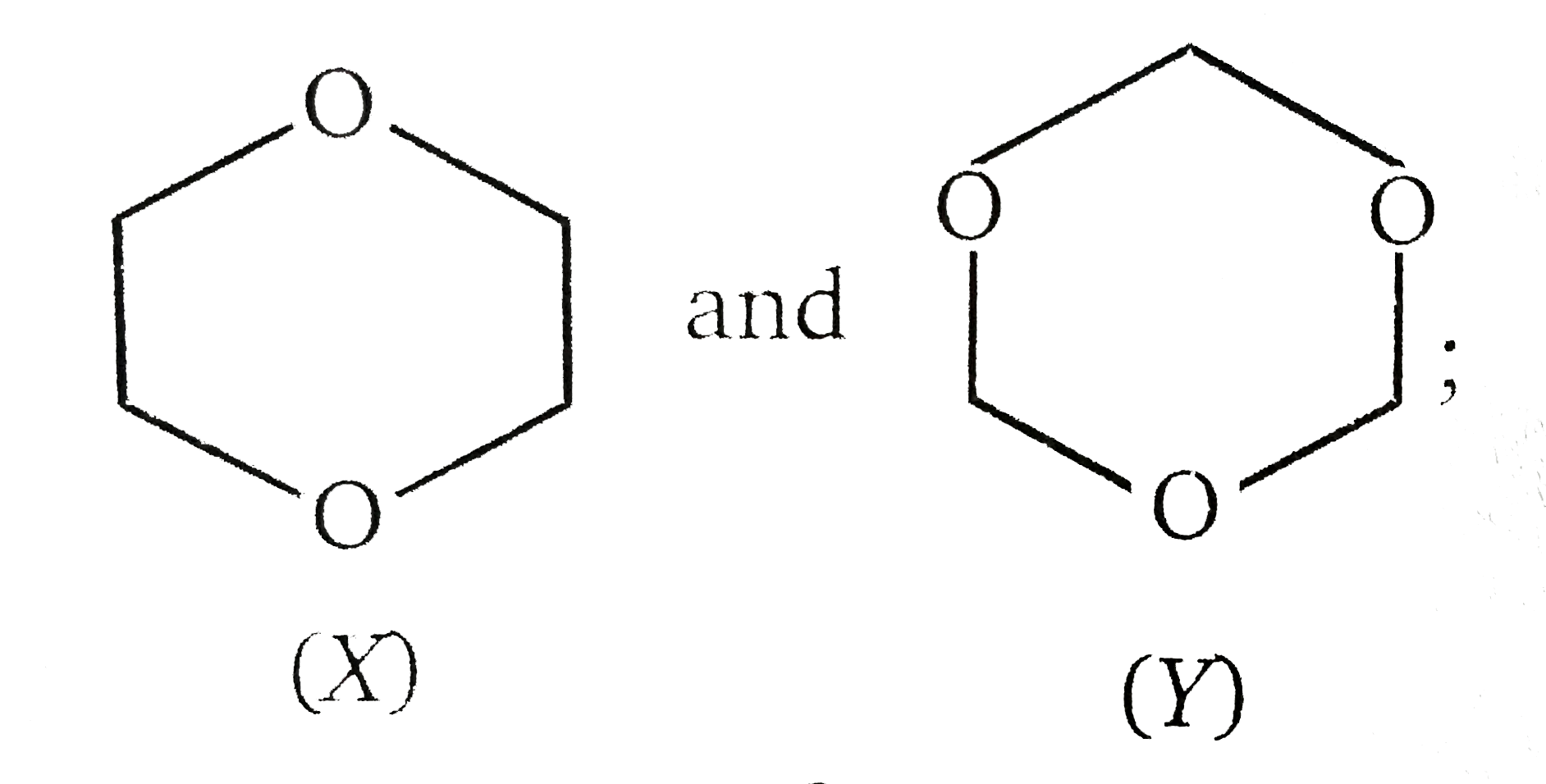
above compounds (P) & (Q) can be differentiated by :
A
amm. AgNO3
B
NaOH
C
FeCl3
D
Both (a) & (b)
Text Solution
The correct Answer is:D
PAgNO3−−−→AgCl⏐⏐↓ (ppt.)
|
Topper's Solved these Questions
- PRACTICAL ORGANIC CHEMISTRYBOOK - MS CHOUHANCHAPTER - PRACTICAL ORGANIC CHEMISTRYEXERCISE - Level 2
5 Videos
- POLYMERSBOOK - MS CHOUHANCHAPTER - POLYMERSEXERCISE - ADDITIONAL OBJECTIVE QUESTIONS (INTEGER TYPE)
8 Videos
- RADICAL REACTIONSBOOK - MS CHOUHANCHAPTER - RADICAL REACTIONSEXERCISE - Additional Objective Questions (Matrix Match Type)
6 Videos
Similar Questions
Knowledge Check
 . Compound (A) & (B) can be differentiated by :A2-4-DNPBFehling solutionCLucas reagentDNaHSO3
. Compound (A) & (B) can be differentiated by :A2-4-DNPBFehling solutionCLucas reagentDNaHSO3 , Compounds (X) and (Y) can be differentiated by :AH3O⊕,NaOIBH3O⊕, then Fehling testCH3O⊕, then NaDBoth (b) and (c)
, Compounds (X) and (Y) can be differentiated by :AH3O⊕,NaOIBH3O⊕, then Fehling testCH3O⊕, then NaDBoth (b) and (c)
A+B Compound (A) and (B) can be differentiated by :A2- 4 -DNPBFehling solutionCLucas reagentDNaHSO3
 , Compound A and B can be differentiated by :
, Compound A and B can be differentiated by :
View Solution , these compounds can be differentiated by :
, these compounds can be differentiated by :
View Solution these compounds can be differentiated by
these compounds can be differentiated by
View Solution
Above compounds can be differentiated by following reagent :
View Solution
Above compounds can be differentiated by using the reagent :
View Solution

_E01_810_Q01.png)